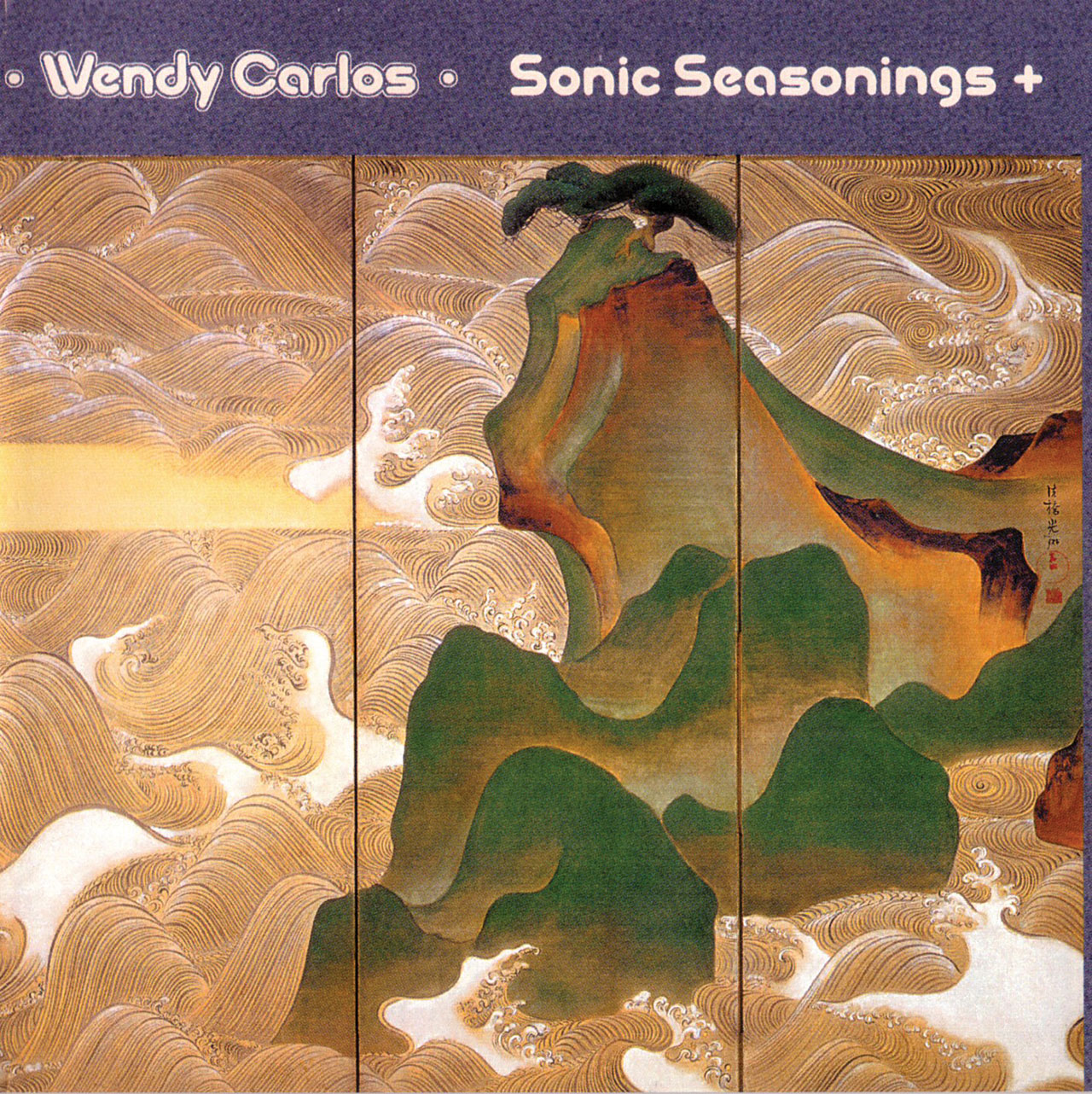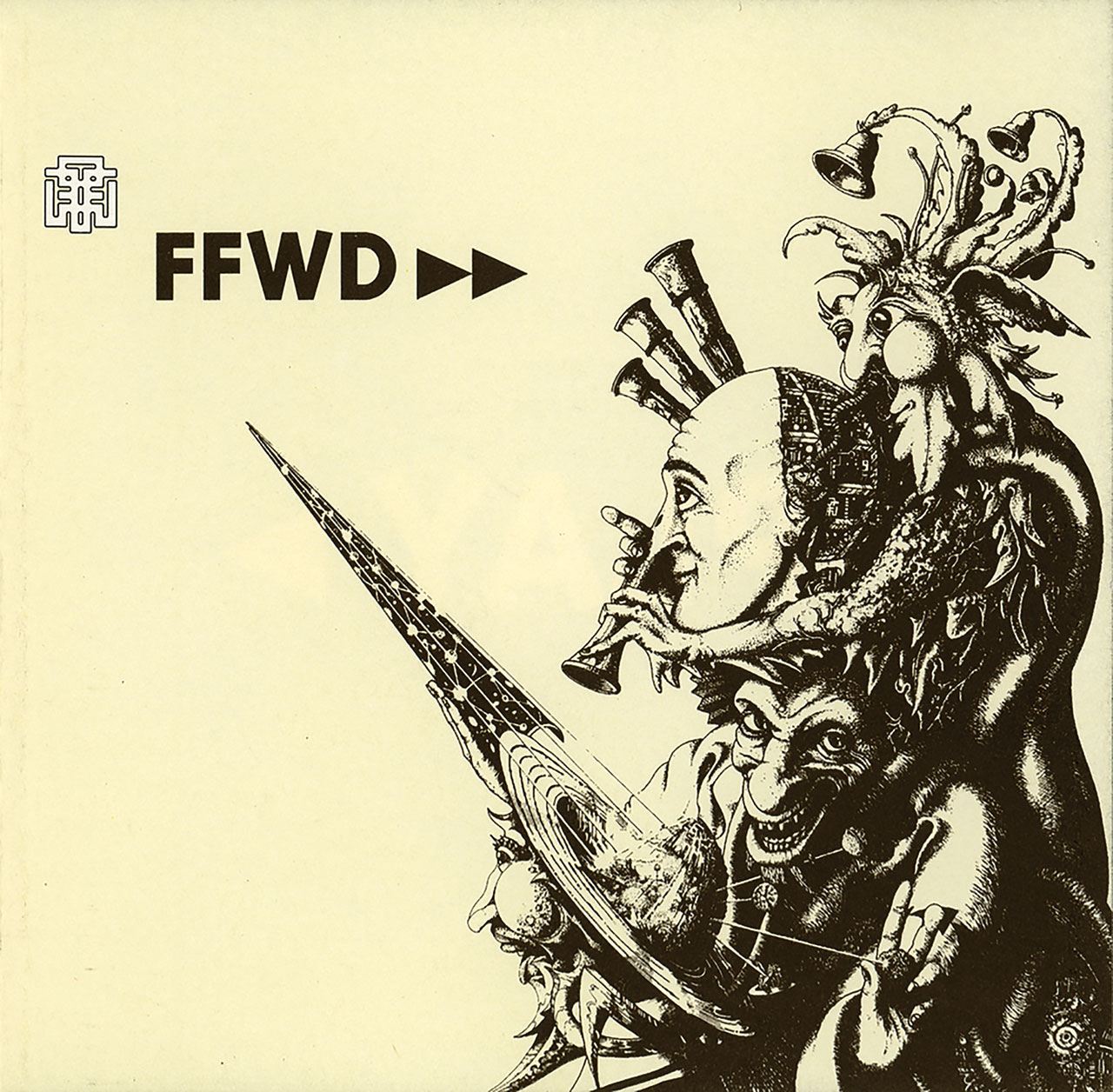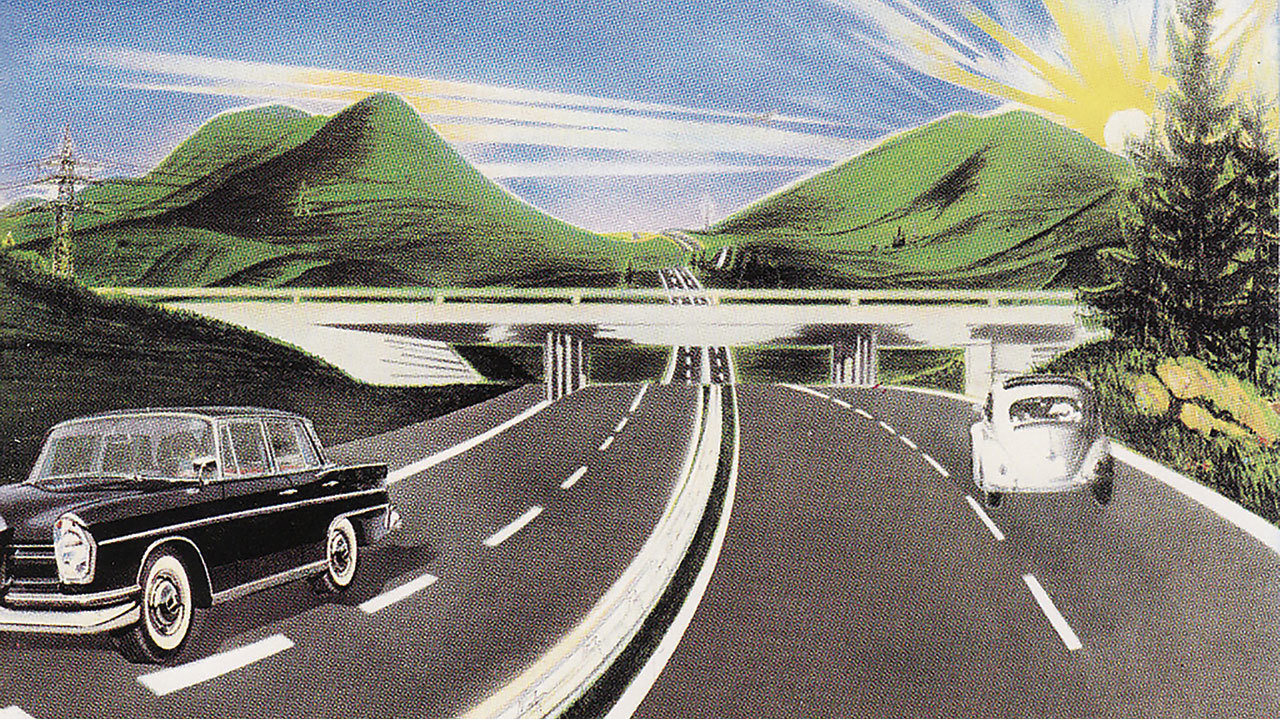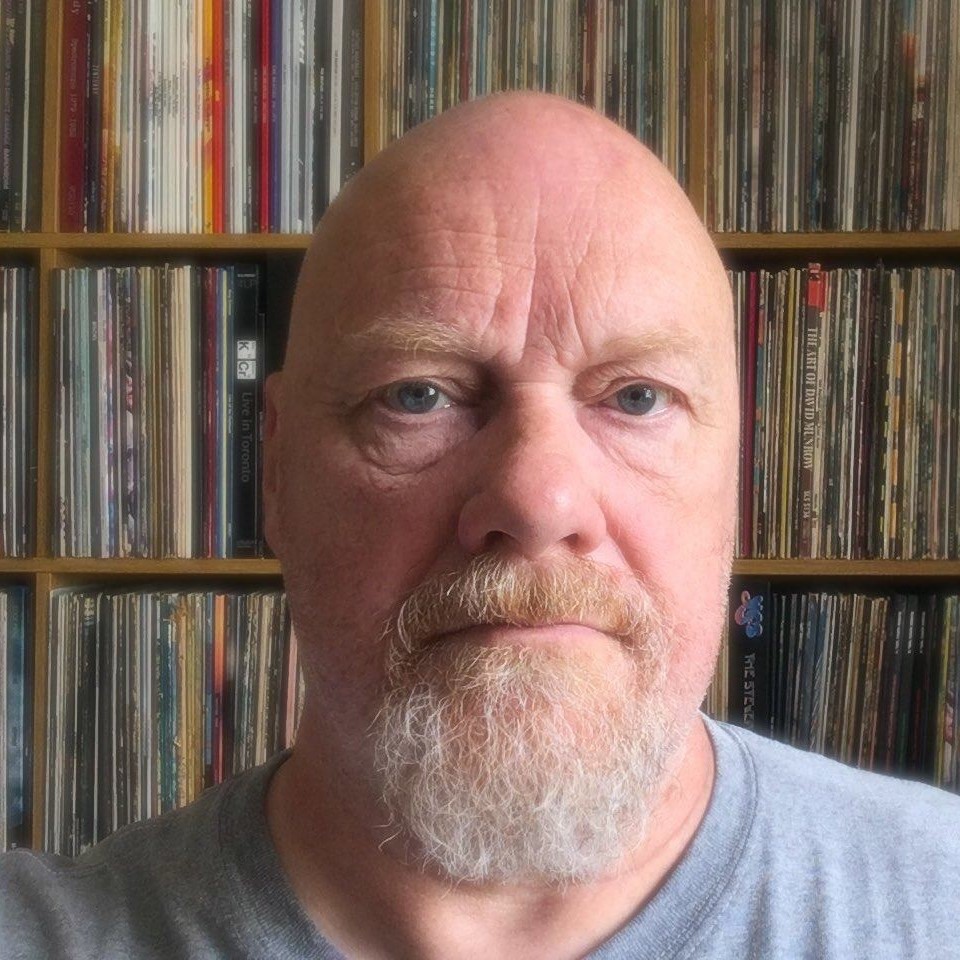Karlheinz Stockhausen - Gesang der Jünglinge (1956)
Though not quite the granddaddy of all electronic music, Stockhausen’s influence is immense: it can be heard on The Beatles’ Tomorrow Never Knows (of course, he’s on the cover of Sgt Pepper’s), as well as Pink Floyd’s dalliance with tape collage, such as Ummagumma, Atom Heart Mother and The Dark Side Of The Moon.
Terry Riley - A Rainbow In Curved Air (1969)
It’s hard to overstate this album’s influence, which had an impact on everyone from The Who to Mike Oldfield and Brian Eno. Riley’s tape manipulations created a sound that combined a virtuoso keyboard aesthetic with hooks. The album sent the listener on a journey that went as much inside the head as it did to far-out places.
White Noise - The Visitation (1969)
Delia Derbyshire created much of the electronic music sounds we grew up with in the 60s. She’s part of the group White Noise, whose self-titled 1969 album was released on Island Records. Very dark, trippy and frequently claustrophobic, The Visitation will expand your mind – sometimes to breaking point.
Vangelis - La Mer Recommencée (1970)
Recorded in 1970 but not actually released until 1973 as part of the soundtrack to the film L’Apocalypse des Animaux, Vangelis’ electro-acoustic creation of glistening tones and the gentle ebb and flow of sonic waves presciently anticipates the ambient worlds that Brian Eno would specialise in several years later.
Wendy Carlos - Sonic Seasonings (1972)
Carlos is one of the pioneers of electronic music. 1968’s Switched-On Bach had a huge impact on the likes of Jean-Michel Jarre and Tomita. Sonic Seasonings also figured heavily in Jon Anderson’s playlist when he was on the tour bus. In fact, the intro to Close To The Edge was directly inspired by Carlos’ work on this album.

- Klaus Schulze: 'Forget electronica and prog, it's all just music'
- Far out: Vangelis on the science and power of music
- Jean-Michel Jarre: 'Electronic music deals in sound, not just notes'
- How the synthesiser helped shape progressive music
Tangerine Dream - Atem (1973)
Before they went mega, Tangerine Dream were doing some pretty far-out stuff. Atem catches the band just as the sounds that would coalesce into the following year’s Phaedra were still retaining vestiges of their more abstract origins. There’s a fab mellotron sound too, courtesy of Edgar Froese.
Kraftwerk - Autobahn (1974)
This album sees a transition between Kraftwerk’s old avant-garde rummagings and the sleeker, more streamlined future that they would go on to inhabit. The mood of the album is darker and more dystopian, which is in contrast to the smooth, gleaming surfaces of the title track.
Jean-Michel Jarre - Zoolook (1984)
While blasting along with driving rock beats and snapping bass, Jarre’s sampling of speech and its upscaling into musical notes recalls the work of the musique concrète pioneers. It seeks to create a distinctive musical lingua franca while determinedly embracing 80s dance culture’s moods and tropes.
FFWD - FFWD (1994)
What’s not to like about an album that features The Orb’s Alex Paterson and Kris Weston, Swiss electronica maverick Thomas Fehlmann (who would go on to join The Orb after this) and Robert Fripp? Their only album contains a dayglo-saturated landscape of hyperreal colours, deep textures and spaced-out tunes.

Radio Massacre International - Rain Falls In Grey (2007)
Fans of Pink Floyd will enjoy this tribute to Syd Barrett. It combines all the spacey meandering, abstract textures and stirring melodies encountered in electronic music, but every now and then a killer riff comes down from the heavens and blows minds – and other things – apart.
Does the synthesiser have a role in the future of progressive music?
Kraftwerk's Wolfgang Flur on life at the cutting edge of modern music
Strange days: Meet SURVIVE, the composers behind the Stranger Things soundtrack

